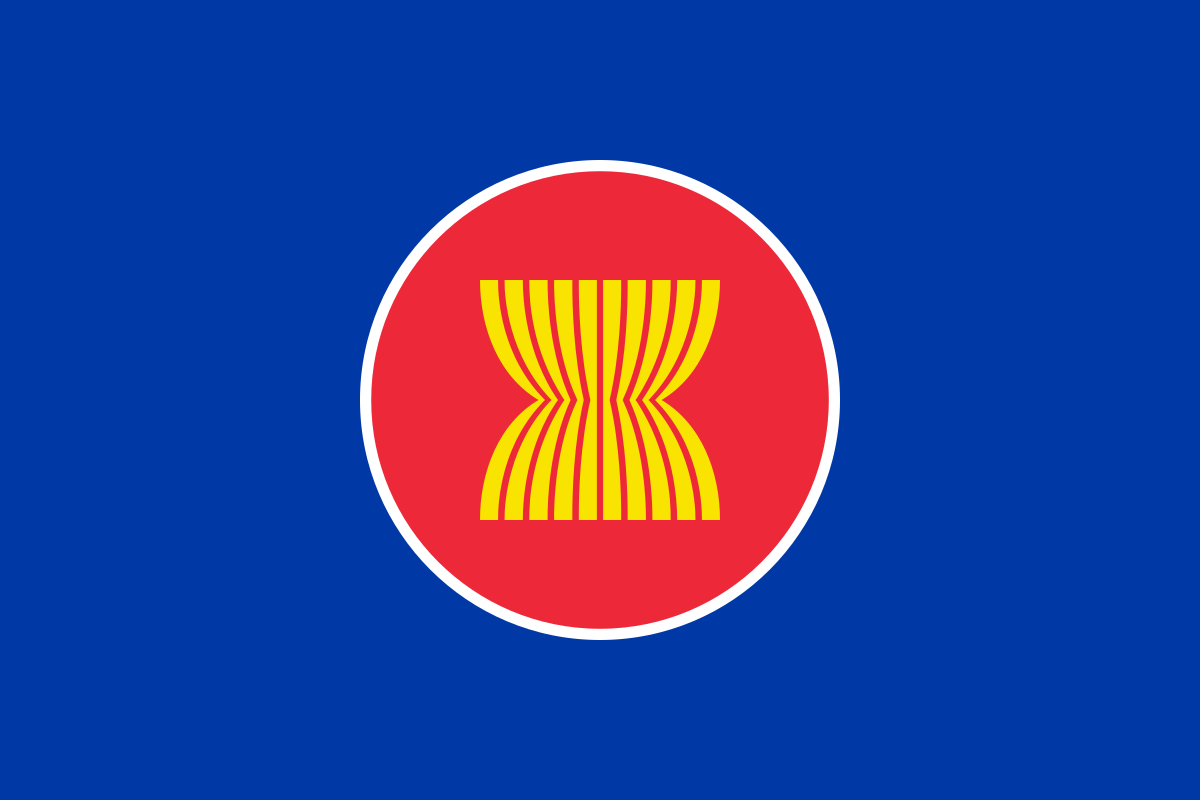Association member countries continue to record progress on 2030 agenda goals
The ASEAN 2030 Agenda for Sustainable Development aims to end poverty in all its forms everywhere and reduce inequality within and between countries. Progress toward these goals can be monitored by, among other things, examining the extent to which ASEAN member countries are reducing the incidence of poverty and income inequality. Poverty is defined as the inability to meet a minimum standard of living, while inequality refers to disparities in a wide range of areas, including not only income and wealth, but also education, health, and nutrition, among others. The latest available data indicate that most ASEAN member countries have experienced a decrease in poverty incidence.
The Democratic Republic of Laos and the Philippines witnessed a significant decline in their poverty rates, falling from 24.0 percent to 18.3 percent in 2018 and from 23.5 percent in 2016 to 18.1 percent in 2021. Vietnam also saw a significant decline with its poverty rate standing at 4.2 percent in 2022. Similarly, Indonesia and Thailand also recorded a decline in their poverty rates, reaching 9.5 percent (2022) and 6.8 percent (2020), respectively. On the other hand, Cambodia's national poverty rate increased from 13.5 percent in 2016 to 21.5 percent in 2021. Important steps forward have also led to improvement on the income equality front in most ASEAN member states. Thailand successfully reduced its Gini index from 0.49 in 2010 to 0.43 in 2021. Similarly, Vietnam and Cambodia also made significant progress, decreasing from 0.43 in 2010 to 0.38 in 2022 and from 0.34 in 2010 to 0.29 in 2017. Thailand, Malaysia, and Singapore also experienced a reduction in income inequality, albeit at a slower pace. The Philippines and Singapore recorded the highest level of income inequality but even for them the level has fallen sharply in recent years. ASEAN is looking ahead to 2030 with increasing confidence.
See the full report on ASEAN's 2023 data here.






